What’s the first thing that comes to mind when you hear the word “fasting”? Now, there’s a good chance of thinking about gimmicky diets that claim to help you get the body of your dreams in no time. Well, the good thing is, research has pointed out that intermittent fasting goes beyond helping you get in shape, it also has the potential to improve your overall health. For the most part, intermittent fasting is occasional starvation done in a strategic manner. The big idea is to cycle between periods of regular eating and fasting, during which you drastically cut down your calorie intake. It’s good to point out that some people fast for hours (up to 16 or more) and during this time, their bodies experience an important change that’s unlikely to be felt by non-fasters. So How Does It Work? For starters, the energy gotten from food is usually stored in the liver as glycogen. But as you probably guessed, the reserves get incredibly low when you skip meals for about 10 to 12 hours. So what’s the side effect? Well, at such times, there’s a good chance of feeling more irritable than normal or let’s say you’re likely to get very hangry. But do you know the good thing? Low levels of glycogen cause fat cells in your body to release fats into your blood stream. Moving forward, the fat cells get transported to your liver and eventually gets converted to energy for the body and brain. It’s more like you living off fat to survive. How Intermittent Fasting Affects Us First off, a number of blood samples indicate that individuals who had fasted for 12 to 24 hours experienced up to a 60% increase in energy from fat. It’s however important to note that the most significant change occurred after 18 hours. For the most part, intermittent fasting puts us in a state of ketosis and that’s precisely researchers see it as the key to living a super healthy life. When the body starts to burn fat for energy, it releases chemicals known as ketones. And the good thing is, higher ketone levels can do a lot for your health. For instance, in the brain, these chemicals promote the release of an important molecule called brain-derived neurotrophic factor (BDNF). Essentially, this molecule works to build and strengthen both neurons and neural connections in parts of the brain responsible for learning and memory. This is exactly why an increase in ketone levels has been linked to better memory function in people with early signs of dementia. It’s also good to know that higher ketone production can provide relief to patients suffering from severe epilepsy. So is fasting the only way to boost ketone levels? Well, there’s still another way — you just have to add to cut back on carbs and eat more fatty foods. It’s however important to note that you’re likely to see greater results when you fast. In fact, scientists discovered that ketogenic diets can increase ketone levels by 4-fold while fasting has been shown to increase ketone production by up to 20-fold! Other studies have also indicated that intermittent fasting may reduce bad cholesterol or low-density lipoprotein (LDL). Moreover, this mode of fasting may increase insulin resistance which in turn, regulate blood sugar levels and keep you healthy. Periodic fasting has also been linked to lower risks of cancer, diabetes and heart disease. It could even reverse signs of aging! So what’s the point? Well, it’s pretty easy to see that intermittent fasting actually does more than keeping us in shape. In fact, fasting and ketosis have been one of the reasons for our survival as humans. And I’ll recommend you give it a try especially if you’re ready to stay mentally and physically healthy! ▶ Subscribe to the channel! – https://goo.gl/nJ8d6r Royalty free Pictures from www.pixabay.com www.pexels.com Royalty Free Music from Audio Library – No Copyright Music
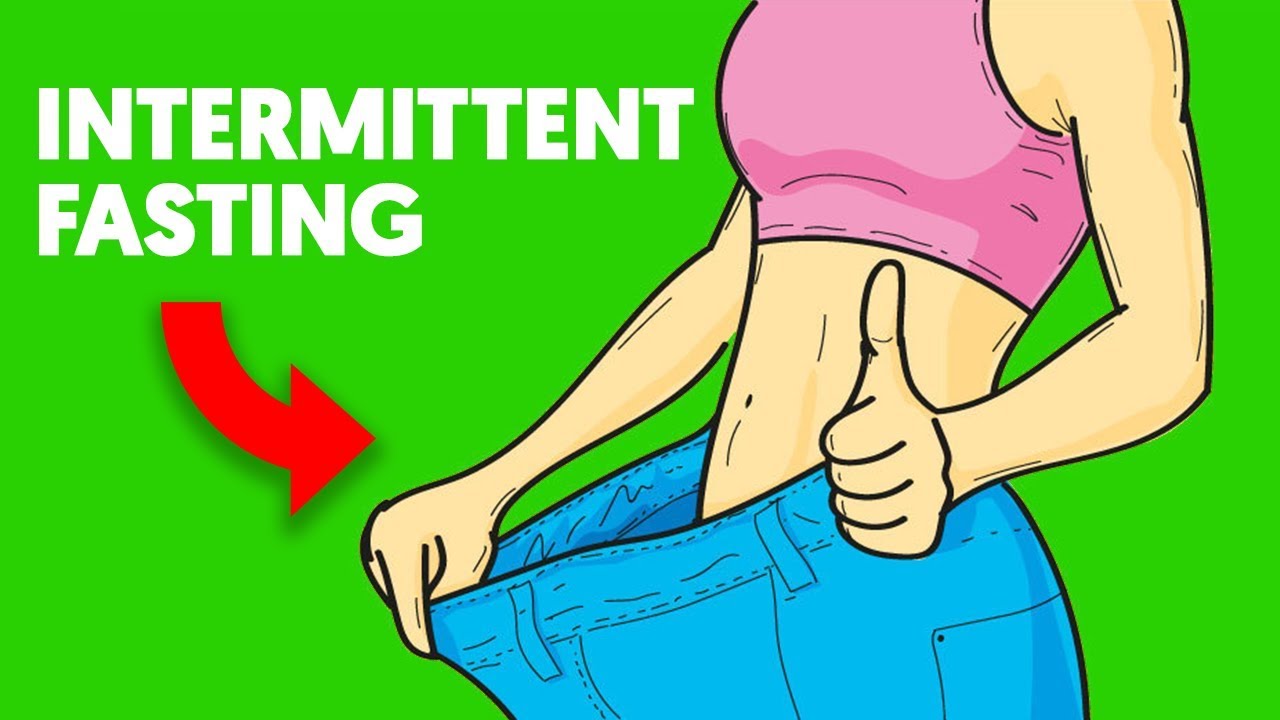
Intermittent Fasting Video – 1
- Post author:admin
- Post published:May 10, 2021
- Post category:Uncategorized
- Post comments:0 Comments
You Might Also Like

Abscess Basics: Part 2a

Tadalafil (Cialis) for Erectile Dysfunction – 5mg, 10mg, 20mg – Uses, Dosage & Side Effects

Seated Row-5

Oblique Workout for Ripped Obliques (7 EXERCISES!!)
Shrugs-10

Telemedicine for Erectile Dysfunction – Tadalafil and Sildenafil

Keto And Cholesterol: Why LDL Can Increase on Low Carb Diet | Dr.Berg

Ginger Soap to Burn under Skin Fat and Get Rid of Cellulite
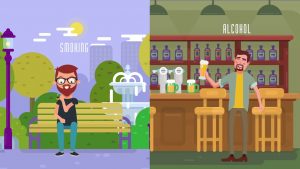
Importance of Lipid Profile Test

Incline Bench Press-5

Laproscopic Surgeries Video – 2

Anabolic Steroids – History, Definition, Use & Abuse Video – 4

HEART ATTACK (ACS & MI)
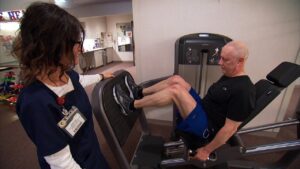
Cardio-Thoracic Physiotherapy Video – 2

What is renal hypertension? – Ask ADC video

Are BCAA’s Worth It? (Branched Chain Amino Acids Review)

5 Ways Men Can Prevent Most Heart Attacks

michalbudzisz – anabolism

what is renal failure / Symptoms of kidney failure / chronic & acute kidney failure
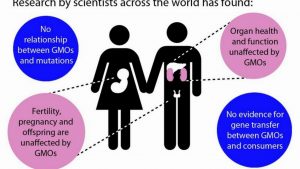
Difference Between Adverse Effect and Side Effect

Metabolic Workout Burn Fat Build Muscle Circuit

Full Day Diet Plan For Vegetarians | Muscle Building Diet

Post ESWT Therapy on Frozen Shoulder

How To: Seated Incline Dumbbell Bicep Curl
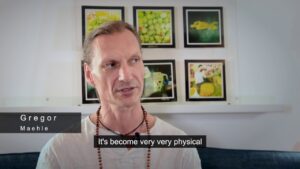
Yoga Industry And Advantages Video – 2

Shoulder Girdle Muscle Group – Kinesiology Quiz

How to get fit for a high altitude trek?

“Dumbbell Row” Exercise for Back Muscles

Eating For Energy – Nutrition: Food during Workouts
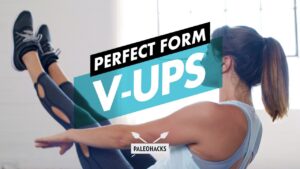
V Position Exercise-2

The Benefits of a Warm Up and Cool Down

Dr Ramakrishna tells about the diet in Arthritis | Online Health Tips

Does Finasteride Only Work in the Crown?

What Is Insulin? | Dr.Berg

Hip Adductor Exercises on the Ball : Smart Exercises
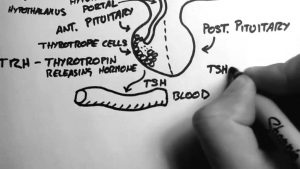
Thyroid Hormone 1 – Control

Diabetes Type 1 Nutrition Counseling

Food Guide Pyramid Video – 1

Intermittent Fasting & Fasting Video – 9

Protein Shape – Levels Of Protein Structure – Shape Of Proteins – What Is Protein Denaturation

Sugar Free, Low Sugar Video – 2

